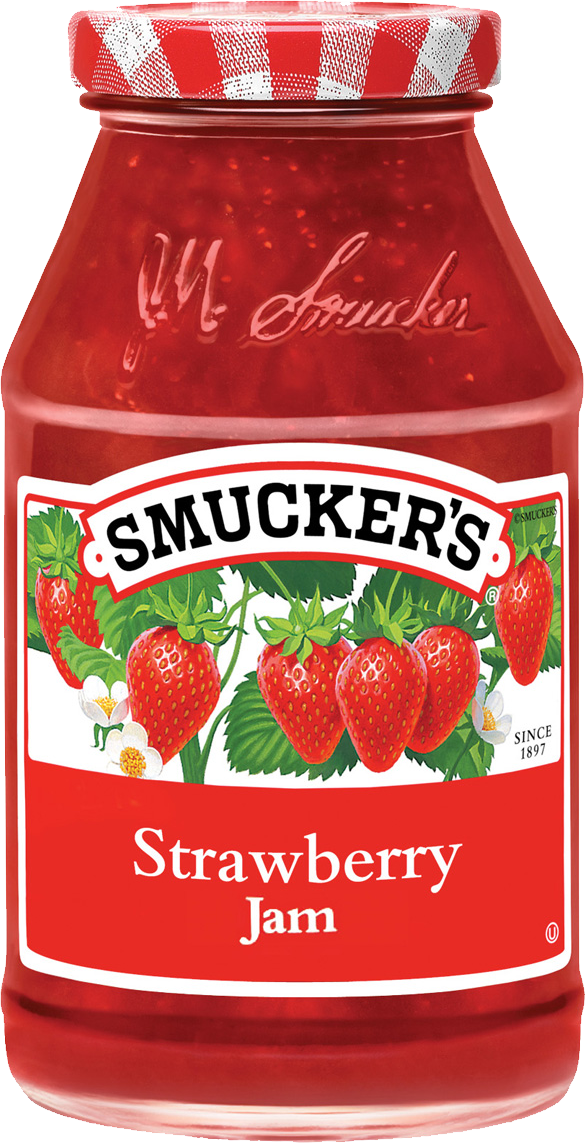Shifts in Demand Curves; Indirect Utility Functions
Christopher Makler
Stanford University Department of Economics
Econ 50: Lecture 10
pollev.com/chrismakler

Write a compliment about the person sitting next to you.



What does this imply about complements and substitutes for marijuana?
Remember what you learned about demand and demand curves in Econ 1 / high school:
- The demand curve shows the quantity demanded of a good at different prices
- A change in the price of a good results in a movement along its demand curve
- A change in income or the price of other goods results in a shift of the demand curve
-
- If two goods are substitutes, an increase in the price of one will increase the demand for the other (shift the demand curve to the right).
- If two goods are complements, an increase in the price of one will decrease the demand for the other (shift the demand curve to the left).
- If a good is a normal good, an increase in income will increase demand for the good
- If a good is an inferior good, an increase in income will decrease demand the good
Three Relationships
...its own price changes?
Movement along the demand curve
...the price of another good changes?
Complements
Substitutes
Independent Goods
How does the quantity demanded of a good change when...
...income changes?
Normal goods
Inferior goods
Giffen goods
(possible) shift of the demand curve
Three Relationships
...its own price changes?
Movement along the demand curve
How does the quantity demanded of a good change when...
The demand curve for a good
shows the quantity demanded of that good
as a function of its own price
holding all other factors constant
(ceteris paribus)
DEMAND CURVE FOR GOOD 1
"Good 1 - Good 2 Space"
"Quantity-Price Space for Good 1"
Three Relationships
...the price of another good changes?
How does the quantity demanded of a good change when...
Substitutes
Complements
When the price of one good goes up, demand for the other increases.
When the price of one good goes up, demand for the other decreases.




Independent
Demand not related
Complements: \(p_2 \uparrow \Rightarrow x_1^* \downarrow\)
What happens to the quantity of good 1 demanded when the price of good 2 increases?
Substitutes: \(p_2 \uparrow \Rightarrow x_1^* \uparrow\)
pollev.com/chrismakler

Goods are complements if which of the following would cause a RIGHTWARD shift in the demand curve for good 1?
An increase in the price of good 2
A decrease in the price of good 2
An increase in income
A decrease in income
Three Relationships
...its own price changes?
Movement along the demand curve
...the price of another good changes?
Complements
Substitutes
Independent Goods
How does the quantity demanded of a good change when...
...income changes?
Normal goods
Inferior goods
Giffen goods
(possible) shift of the demand curve
Three Relationships
How does the quantity demanded of a good change when...
...income changes?
Normal Goods
Inferior Goods
When your income goes up,
demand for the good increases.
When your income goes up,
demand for the good decreases.


The income offer curve shows how the optimal bundle changes in good 1-good 2 space as income changes.
Good 1 normal: \(m \uparrow \Rightarrow x_1^* \uparrow\)
What happens to the quantity of good 1 demanded when the income increases?
Good 1 inferior: \(m \uparrow \Rightarrow x_1^* \downarrow\)
pollev.com/chrismakler

The "rule" for Cobb-Douglas is that you spend a certain fraction of your income on each good, regardless of prices or income.
What does this make the two goods?
Complements
Substitutes
Normal
Inferior
CES Utility
PERFECT
SUBSTITUTES
PERFECT
COMPLEMENTS
INDEPENDENT
PERFECT
SUBSTITUTES
Constant Elasticity of Substitution (CES) Utility
[50Q only]
Constant Elasticity of Substitution (CES) Utility
COMPLEMENTS: \(r < 0\)
SUBSTITUTES: \(r > 0\)
- A change in the price of a good results in a movement along its demand curve
- A change in income or the price of other goods results in a shift of the demand curve
Why are goods complements or substitutes?
Substitution Effect
Effect of change in relative prices
Effect of change in real income
Income Effect
Decomposition Bundle
Suppose that, after a price change,
we adjusted the consumer's income
so that they had exactly the amount of money needed to afford their initial bundle \(A\)?
Approach
TOTAL EFFECT
INITIAL BUNDLE
FINAL BUNDLE
DECOMPOSITION BUNDLE
SUBSTITUTION EFFECT
INCOME EFFECT
THIS SLIDE NOT ON HOMEWORK OR TESTS
THIS SLIDE NOT ON HOMEWORK OR TESTS
THIS SLIDE NOT ON HOMEWORK OR TESTS
THIS SLIDE NOT ON HOMEWORK OR TESTS
How does this explain complements and substitutes?
Complements
Substitutes
When the price of good 1 goes up...
Net effect: buy less of both goods
Net effect: buy less good 1 and more good 2
Substitution effect: buy less of good 1 and more of good 2
Income effect (if both goods normal): buy less of both goods
Substitution effect dominates
Income effect dominates
THIS SLIDE NOT ON HOMEWORK OR TESTS
THIS SLIDE NOT ON HOMEWORK OR TESTS
What is your utility when you are
maximizing your utility?
INDIRECT UTILITY FUNCTION
What is the marginal utility
of another dollar?
Write these down, and let's look at Lagrange one last time.
Indirect Utility Functions and the Utility of Money
UTILITY FUNCTION
DEMAND FUNCTIONS
The Lagrange Method: Utility Maximization
Income left over
Utility
The Lagrange Method: Utility Maximization
Income left over
Utility
(utils)
(dollars)
utils/dollar
First Order Conditions
The Lagrange Method: Utility Maximization
Solutions:
What's the value of \(\lambda\) at the optimal bundle?
Next Week
Foundations of Finance:
Applications of consumer theory
MONDAY
WEDNESDAY
FRIDAY
Intertemporal Choice
Uncertainty and Risk
Applications & Review
We will assume there is some
indirect utility function over consumption \(v(c)\),
and look at decisions about shifting consumption
across time and across states of the world.
Econ 50 | Fall 25 | Lecture 10
By Chris Makler
Econ 50 | Fall 25 | Lecture 10
- 34



